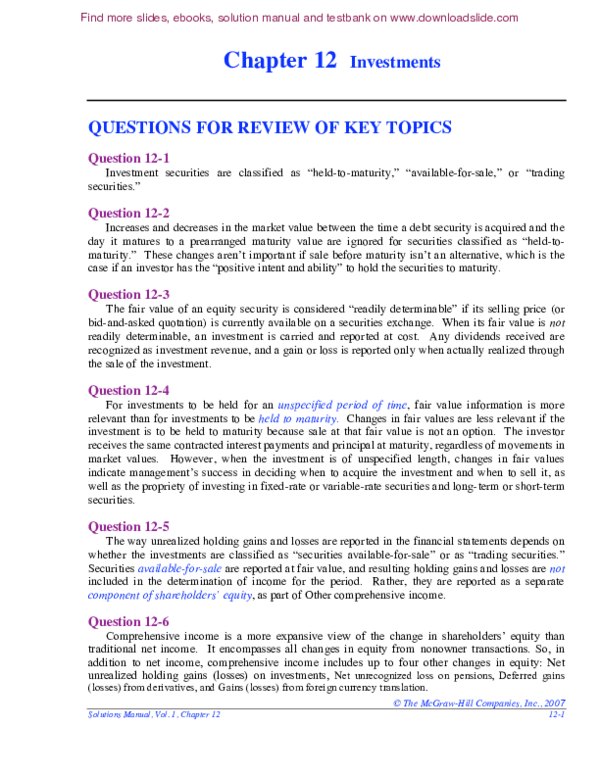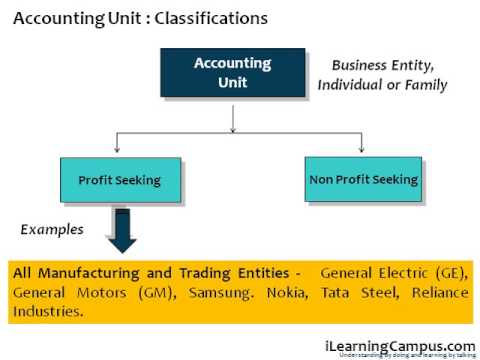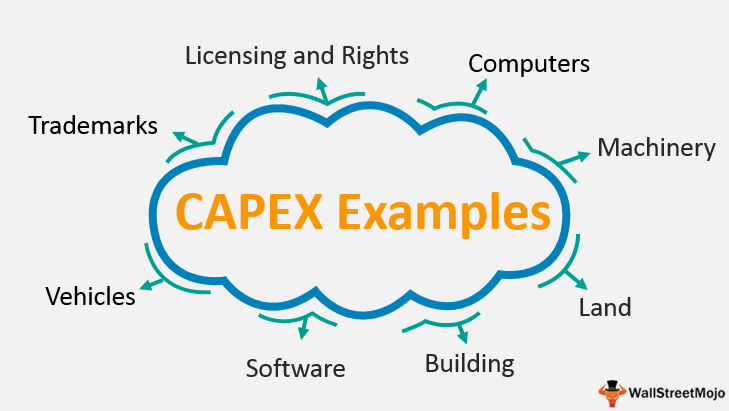Loss contingency definition
Content

However, the insurer has communicated to FSP Corp that the amount of final settlement is subject to verification of the identity of the equipment damaged and the receipt of additional market data regarding its value. Although a reporting entity transfers risk through an insurance policy, it generally has the primary obligation with respect to any losses. Therefore, a reporting entity is typically required to accrue and present the gross amount of a loss even if it purchased insurance to cover the loss. A contingent liability in budgetary terminology is identified when a transaction has occurred, and future outflow or other obligation of resources is probable, and such obligation may be measured. Insurance ClaimsAn insurance claim refers to the demand by the policyholder to the insurance provider for compensating losses incurred due to an event covered by the policy. The company either validates or denies the claim based on their assessment and nature of the incurred losses.

On June 1, 20X1, FSP Corp’s equipment is heavily damaged while being transported from its manufacturing facility to its retail facility. Due to the nature of the damage, FSP Corp determines that there is a total loss. The equipment had a net book value of $7 million and an estimated replacement value of $6 million as of the date of loss. FSP Corp files a property and casualty claim with its insurer for recovery of $6 million. Based on its discussions with the insurer and review of the policy by in-house experts, FSP Corp concludes that it has a covered loss under the policy and that it is probable the insurer will settle the claim for at least $5 million.
How to Recording a Contingent Liability Journal Entry?
A contingent asset is a potential economic benefit that is dependent on future events out of a company’s control. Contingent liabilities are recorded to ensure that the financial statements are accurate and meet requirements of generally accepted accounting principles or International Financial Reporting Standards . Notes to financial statements can include information on debt, going concern criteria, accounts, contingent liabilities, or contextual information explaining the financial numbers (e.g., to indicate a lawsuit).

Great advances have been made in the treatment of HER2-positive breast cancer; however, the challenge remains to determine the best testing analysis that will identify patients who will benefit the most from these therapies. In May 2020 the Board issued Onerous Contracts—Cost of Fulfilling a Contract. We undertake various activities to support the consistent application of IFRS Standards, which includes implementation support for recently issued Standards. We do this because the quality of implementation and application of the Standards affects the benefits that investors receive from having a single set of global standards.
Journal of Accounting and Economics
Practical application of official accounting standards is not always theoretically pure, especially when the guidelines are nebulous. The income statement classification of the accretion of a discounted liability to its settlement what is a loss contingency amount is an accounting policy decision that should be consistently applied and disclosed. You should re-evaluate contingencies each reporting period to determine whether your previous classification remains appropriate.

A reporting entity is required to disclose the nature of the contingency and an estimate of the possible loss, range of loss, or disclose the fact that an estimate cannot be made. The balance sheet classification of the accrual should consider when the contingency will be settled. If the period of expected settlement is within one year of the balance sheet date, the reporting entity should classify the contingency as a short-term liability. C. Prepare any necessary contingent liability note disclosures for Pens Unlimited. A. Using the unadjusted trial balance and supplemental information for Pens Unlimited, construct an income statement for the year ended December 31, 2017.
Why is a Contingent Liability Recorded?
A contingent liability is not recognised in the statement of financial position. However, unless the possibility of an outflow of economic resources is remote, a contingent liability is disclosed in the notes. Contingent liabilities also include obligations that are not recognised because their amount cannot be measured reliably or because settlement is not probable. Contingent liabilities do not include provisions for which it is certain that the entity has a present obligation that is more likely than not to lead to an outflow of cash or other economic resources, even though the amount or timing is uncertain. Contingent liabilities should be analyzed with a serious and skeptical eye, since, depending on the specific situation, they can sometimes cost a company several millions of dollars.
- Commitments consist of all obligations of the State for future fiscal years.
- In order to analyze firm value, investment analysts require information on potential losses from contingent liabilities such as litigation damages.
- The SEC staff has consistently commented on and challenged registrants’ compliance with the disclosure requirements for loss contingencies.
- These include white papers, government data, original reporting, and interviews with industry experts.
- Shared Loss Payment Trigger means when the sum of the Cumulative Loss Amount under this Single Family Shared-Loss Agreement and the Shared-Loss Amount under the Commercial and Other Assets Shared-Loss Agreement, exceeds the First Loss Tranche.
- The results of this experiment indicate that including the implementation guidance can constrain managers’ revenue recognition judgments.
Contingent liabilities are recorded if the contingency is likely and the amount of the liability can be reasonably estimated. The liability may be disclosed in a footnote on the financial statements unless both conditions are not met. Losses shall be reduced to the extent of any insurance proceeds and other recoveries actually received by a Party with respect to such Losses.
Probable means “likely” to occur and is often assessed as an 80% likelihood by practitioners. An example of determining a warranty liability based on a percentage of sales follows. The sales price per soccer goal is $1,200, and Sierra Sports believes 10% of sales will result in honored warranties. The company would record this warranty liability of $120 ($1,200 × 10%) to Warranty Liability and Warranty Expense accounts.
- However, revelation of the firm’s private estimates of the probability of loss and possible legal damages can be detrimental to the firm by increasing the costs of settlement.
- Before discussing the methods used to account for contingencies, study the following scenario carefully.
- To ensure that the reporting of commitments, contingencies and litigation likely to result in a loss are disclosed in compliance with GAAP, a formal system to identify and monitor such has been established.
- A loss contingency is when the future outcome will most likely result in a liability.
- If, for example, the company forecasts that 200 seats must be replaced under warranty for $50, the firm posts a debit to warranty expense for $10,000 and a credit to accrued warranty liability for $10,000.
Reasonably possible – The chance of the future event or events occurring is more than remote but less than probable. However, full disclosure should be made in the footnotes of the financial statements. D. Warranty replacements will cost the company a percentage of sales for the period. This amount allotted for warranty replacements cannot be reasonably estimated but is likely to occur. The four contingent liability treatments are probable and estimable, probable and inestimable, reasonably possible, and remote.

